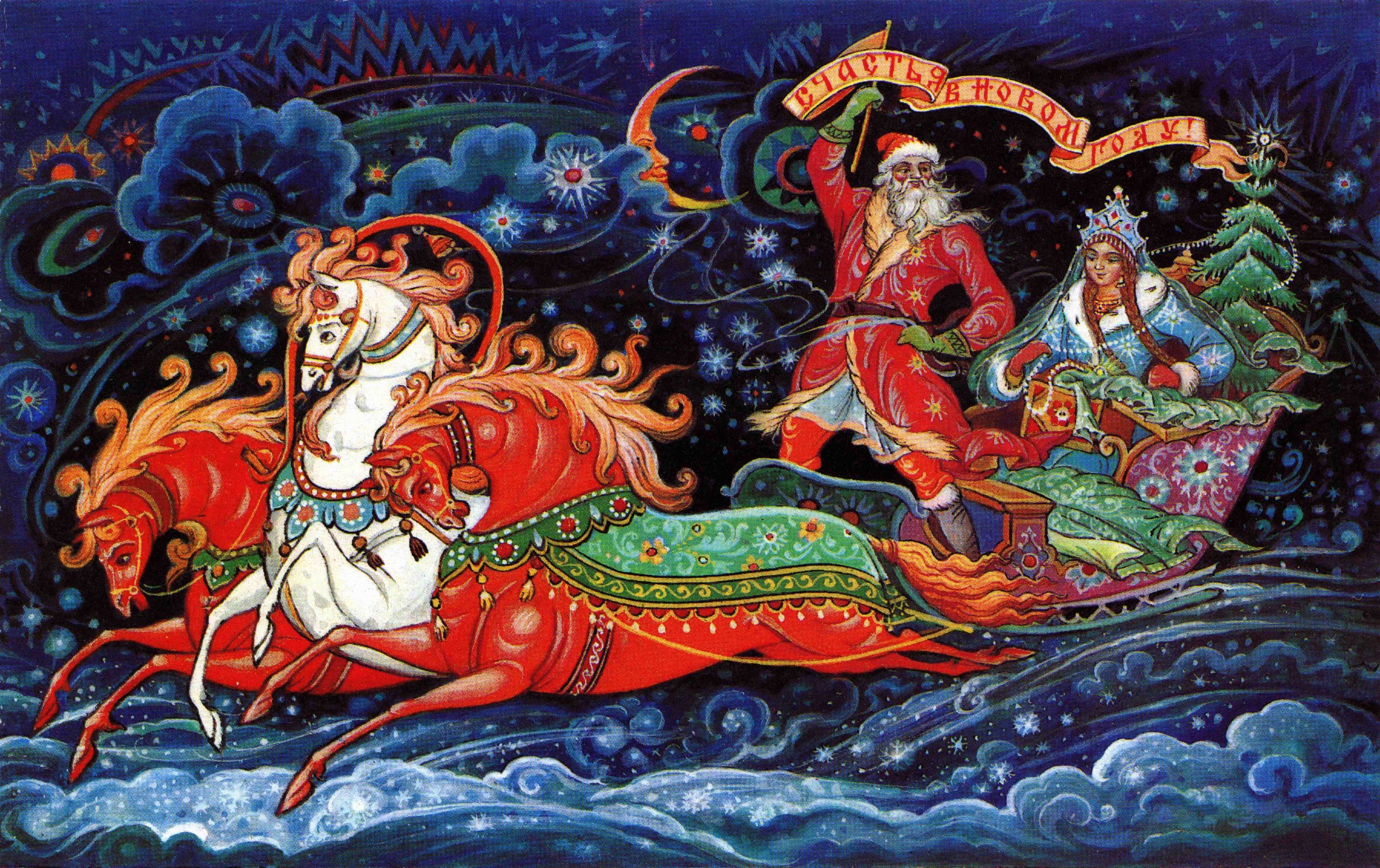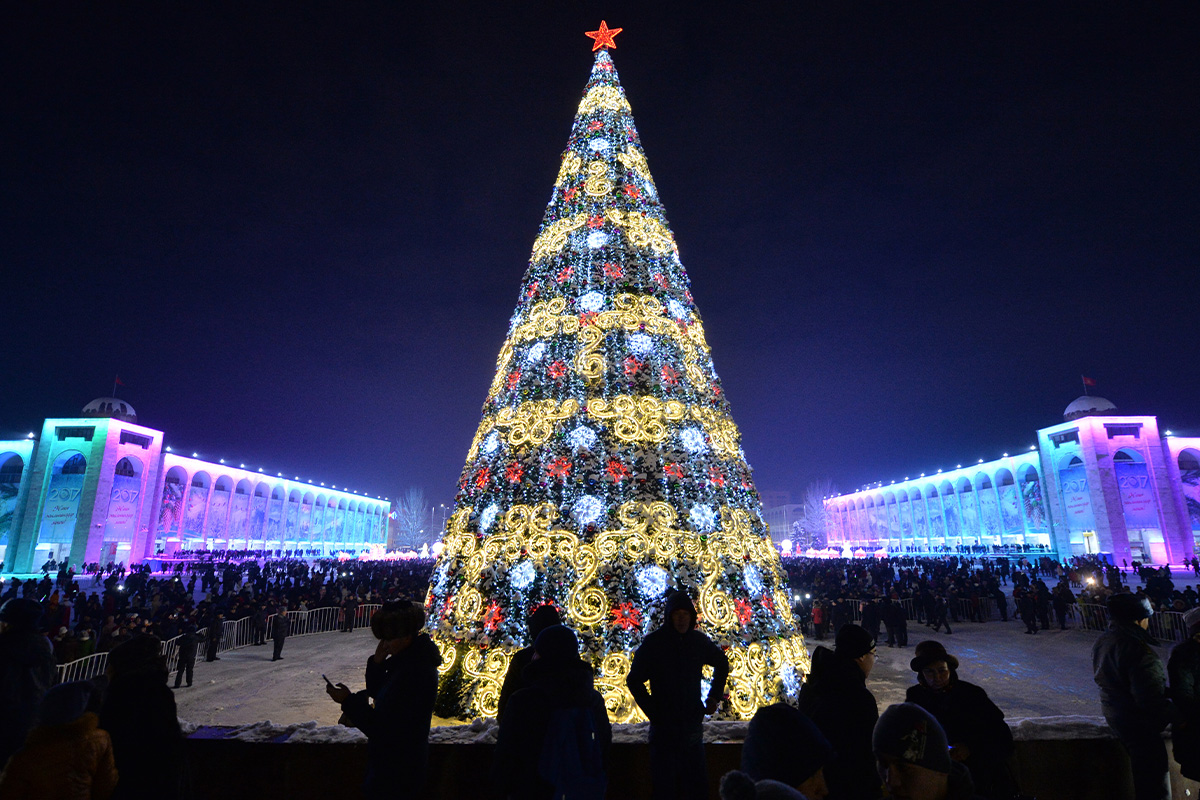When it comes to plants, perhaps none is more ferociously discussed in the Jewish community than the “Christmas tree.” We see this debate rage on Jewish blogs; some Jews rebrand the Christmas tree as a “Hanukkah bush,” while others call the tree a “Christian” symbol and claim that Jews who have one are conforming to assimilation. Some of the nuances of this question appear in the “The Perfect Present” episode of “Sex and the City” (season six, episode three, in which a converting Charlotte York grieves the loss of her Christmas tree when her Rabbi tells her to let go of familiar Christian traditions as she begins to accept new Jewish ones).
However, as a Jewish person who has had a tree in her house every year for the holidays, I know the answer is a little more complicated.
To provide some context, I come from a family of Ukrainian-Jewish immigrants who lived during the Soviet Union. For many FSU (Former Soviet Union) citizens, religion has always been a contentious subject. From what I gather from my immigrant relatives, religion was essentially not allowed to be openly practiced there, as the Soviet government pushed a doctrine of state atheism. What this meant was that public displays of religion were stigmatized, if not criminalized — especially for religious minorities like the Jewish population of which my family was a part. For instance, my babushka has recounted how she felt she had to hide the matzah she got for Passover. (I always visualize her as a Jewish Red Riding Hood running away from the antisemitic beasts who hunt her.)
In terms of holidays, this meant that, in the eyes of the Soviet regime, Christmas or Hanukkah were not really celebrated either. Instead, New Year’s, or Novy God, became the biggest official holiday celebrated in the winter season. Many of the traditions that North Americans associate with Christmas were instead connected to the secular New Year.
So — the fir tree normally associated with Christmas, which is referred to as yolka (literally meaning fir or spruce tree) or novogodnyaya yelka (New Year’s tree) has taken on secular significance, decorated to the nines for New Year’s. After midnight, it is the site of a gift exchange with loved ones.
And this goes beyond the tree. Within East Slavic cultures, Ded Moroz (Grandfather Frost) bears some resemblance to Santa Claus in the West. He shares the same white beard and wizened face, but he is a pagan winter spirit who predates Christianity, wearing blue and silver robes along with his companion and granddaughter, Snegurochka (Snow Maiden).

When I asked my Jewish mom what the meaning of the tree was to her, she said that “the tree is part of New Year’s. Once the tree is there, it helps us get into the holiday spirit. It’s a big symbol — it means the new year is here.” A family friend stated: “We did not celebrate religious holidays in the USSR. The country created a different tradition with the tree, presents after 12 am at New Year’s night, Ded Moroz, Snegurochka, and lots of fun for kids. This tradition is still strong.” Other Russians told me that the yolka was as intrinsic to the holiday as the New Year’s goose, roasted and usually served with apples.
While there are those who oppose the tree, many religious leaders and scholars have shown a more lenient attitude toward it. In his book, “Ask the Rabbi: The Who, What, When, Where, Why, & How of Being Jewish,” Rabbi Ron Isaacs wrote, “Today it is clear to me that the tree has become a secular symbol of the American commercial Christmas holiday, and not of the birth of Jesus. So whether or not to have one depends on the character and judgement of each individual family. There are certainly Jewish families that feel that they can have a tree in the house without subscribing to the Christian element of the holiday.” I hope my perspective on the Christmas tree/Hanukkah bush/New Year’s tree debate helps highlight the different cultural traditions for Jews around the world, including that of my own East Slavic family — and makes a case to allow Jews to celebrate the holidays in whatever way makes them comfortable.
As for me, the tree has always represented one of my favorite Slavic-Jewish traditions. Every year around New Year’s, my parents took the time out of their busy schedules to set up the tree with my sister and me, decorating it with ornaments from our travels, gifts from friends and relatives, and cartoon characters from our favorite shows. There have never been any Christian connotation associated with the tree — just a smorgasbord of memories with my own Jewish family.



